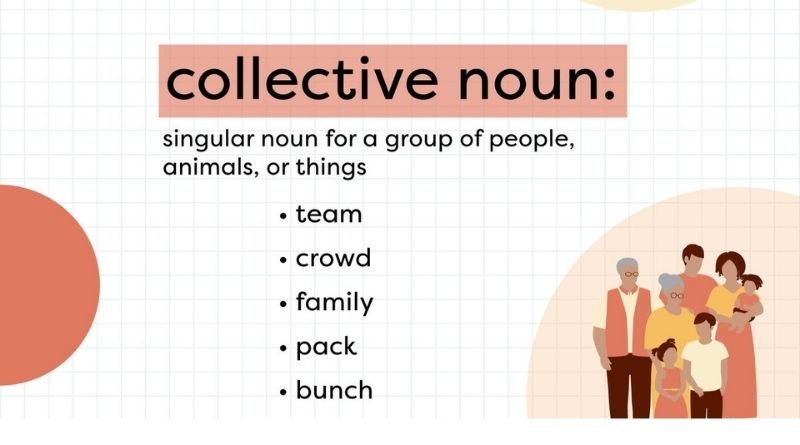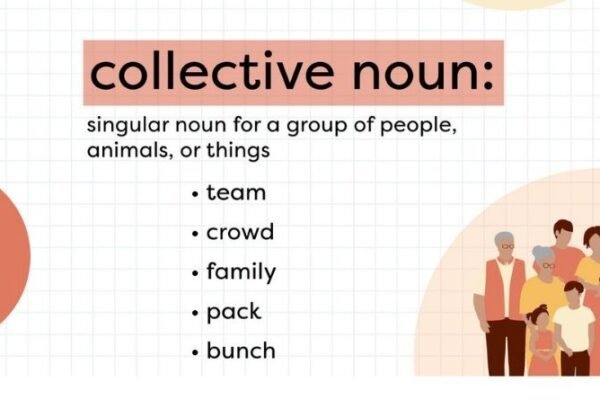Tot Zone: Creating a Safe and Engaging Space for Your Little Ones
Creating a safe and engaging environment for young children is a priority for many parents, caregivers, and educators. “Tot Zones,” specially designated areas for infants and toddlers, provide an ideal solution for child-friendly spaces in homes, parks, preschools, and play centers. These zones offer little ones the freedom to explore and play while giving parents peace of mind. Whether you’re setting up a Tot Zone in your home or a public space, understanding how to design a space that supports safety, learning, and fun is essential.
This article explores the concept of Tot Zones, the benefits they provide, tips for setting one up, safety considerations, and activity ideas to keep young minds and bodies active. Let’s dive into everything you need to know about creating a perfect Tot Zone!
What is a Tot Zone?
A “Tot Zone” is a child-friendly, secure area designed specifically for infants and toddlers to explore, learn, and play. Tot Zones can be set up in various environments, from a cozy corner in a living room to a dedicated space in a playground or child care center. These areas are tailored to accommodate the developmental needs of young children, promoting sensory experiences, physical movement, and social interaction within a safe and controlled space.
Benefits of a Tot Zone
Tot Zones offer numerous benefits for both children and caregivers. Let’s look at some of the key advantages:
- Safety and Security: One of the primary reasons for creating a Tot Zone is to provide a safe, enclosed space where young children can play freely without the risk of harm. Parents and caregivers can relax, knowing their children are in an area designed to prevent accidents and injuries.
- Encourages Exploration and Learning: A Tot Zone offers infants and toddlers an ideal environment for discovery. The variety of toys and activities in a Tot Zone stimulates curiosity, helping children develop cognitive and motor skills.
- Supports Physical Development: Tot Zones encourage movement, whether it’s crawling, cruising, or walking. These spaces are often equipped with soft play mats, climbing structures, and other equipment that help strengthen muscles and improve coordination.
- Promotes Social Interaction: If the Tot Zone is in a public setting, like a park or daycare, children get the opportunity to play alongside other kids. This encourages social skills like sharing, cooperation, and communication from a young age.
- Reduces Screen Time: A Tot Zone is an excellent alternative to screen time. By offering an engaging environment with various activities, children are less likely to seek out electronic entertainment.
- Provides Parent Interaction Opportunities: For parents and caregivers, a Tot Zone is a great space to spend quality time with their children, engaging in play activities, and even connecting with other parents in shared Tot Zones, such as those in parks or play centers.
Designing a Tot Zone: Essential Elements
Creating a Tot Zone requires planning and attention to detail to ensure that the space is both safe and stimulating. Here’s a step-by-step guide to designing a Tot Zone:
1. Safety Comes First
- Choose a Secured Area: Use barriers or playpens to define the Tot Zone and prevent children from wandering off.
- Soft Flooring: Install cushioned mats, foam tiles, or rugs to create a soft landing for little ones who may trip or fall. Avoid hard floors as they can be hazardous.
- Eliminate Small Objects: Ensure all toys and items within the Tot Zone are age-appropriate to prevent choking hazards.
- Anchor Heavy Items: If there are shelves or storage units, make sure they’re securely anchored to prevent tipping.
- Non-toxic Materials: Choose non-toxic, BPA-free toys and materials. Avoid items with sharp edges or any materials that could be harmful if ingested.
2. Age-Appropriate Toys and Activities
- Sensory Play: Include toys and objects that stimulate the senses, such as textured balls, soft blocks, musical toys, or even a small sensory table with items like sand or water (if supervised).
- Motor Skill Development: Toys that encourage movement, like push toys, ride-ons, or small climbing structures, help children improve coordination and strength.
- Puzzles and Shape Sorters: Simple puzzles, shape sorters, and stacking toys are excellent for hand-eye coordination and problem-solving.
- Reading Area: A small reading corner with board books and picture books encourages a love of reading from an early age.
3. Keep It Organized
- Storage Solutions: Use baskets, bins, or shelves to keep toys organized. Having a designated place for each item can also help children learn tidying habits early on.
- Label Bins with Pictures: Label storage bins with pictures to make it easier for children to find and put away toys independently.
- Rotate Toys Regularly: Rotating toys keeps the Tot Zone interesting, as children feel like they’re playing with new items, preventing boredom.
4. Add Comfortable Seating
For parents and caregivers, a comfortable chair or small seating area allows for easy supervision and bonding time with the child. Being seated at their level also makes it easier to engage in interactive play.
5. Create a Calming Area
Sometimes, children need a moment of quiet. Consider adding a small teepee, tent, or cozy nook with cushions where children can relax. This calming area can help a child retreat when they feel overstimulated, teaching them to self-soothe.
Safety Tips for a Tot Zone
Safety is the most crucial aspect of any Tot Zone. Here are a few key tips to ensure your Tot Zone remains a safe environment:
- Check Toys Regularly: Inspect toys and equipment for any signs of damage, and remove broken items immediately to prevent injuries.
- Keep Cleaning Supplies Out of Reach: If the Tot Zone is in a shared space like a living room, ensure all potentially harmful cleaning supplies or chemicals are stored out of reach.
- Supervise at All Times: Even in a safe space, children should be supervised to ensure they’re playing safely and interacting positively with others.
- Educate Older Children: If older siblings are around, teach them the importance of keeping small items out of the Tot Zone and respecting the younger child’s play area.
Activity Ideas for Your Tot Zone
Once your Tot Zone is set up, you’ll want to fill it with fun, engaging activities. Here are some age-appropriate ideas:
- Soft Block Building: Introduce soft blocks for stacking, knocking down, and even sorting by color and size. This is a fun way for children to work on their fine motor skills.
- Water Play: With supervision, set up a shallow bin of water with floating toys or plastic cups for splashing and pouring. This provides sensory stimulation and fine motor practice.
- Mirror Play: Place a child-safe mirror at their height in the Tot Zone. Babies and toddlers are fascinated by their reflections, which helps with self-recognition.
- Color Sorting: Provide small bins or baskets along with colorful toys for sorting activities. For instance, kids can place red blocks in one bin and blue ones in another.
- Music and Dancing: Play soft music and provide instruments like shakers or tambourines. Dancing and making music help children develop rhythm and coordination.
- Push and Pull Toys: These toys encourage mobility and balance, helping toddlers practice walking.
- Bubble Fun: For outdoor Tot Zones, bubble machines are a big hit! Watching and popping bubbles can entertain and engage young children for extended periods.
FAQs About Tot Zones
1. What age range is suitable for a Tot Zone?
Tot Zones are generally designed for children from infancy up to around 3 years old. They cater to the needs of children who are just starting to explore and develop motor and cognitive skills.
2. How big should a Tot Zone be?
The size of a Tot Zone depends on the available space. It should be large enough to allow for movement and play but small enough for effective supervision. A corner in a room or a dedicated small room can work well.
3. How often should I change toys and activities in a Tot Zone?
Rotating toys every few weeks helps maintain children’s interest and prevents boredom. You can introduce new toys and remove those that no longer capture their attention.
4. Are Tot Zones suitable for outdoor spaces?
Yes! Outdoor Tot Zones can offer fresh air and nature interaction. Ensure the space is fenced or secured, and use weather-resistant, safe play equipment.
5. Can I set up a Tot Zone in a small apartment?
Absolutely. You can adapt a Tot Zone for a small space by using a playpen or designating a corner with a few essential toys and soft play mats. Organization and thoughtful selection of toys will help maximize the space.
Conclusion
Setting up a Tot Zone is an investment in both your child’s safety and development. With careful planning, you can create an engaging, comfortable, and safe space that fosters learning and play. A well-organized Tot Zone not only gives children the freedom to explore but also gives parents peace of mind, knowing their little ones are in a secure and enriching environment. By considering safety, choosing age-appropriate toys, and maintaining organization, you can make a Tot Zone an invaluable part of your home or facility, providing endless opportunities for young children to grow, learn, and play.











